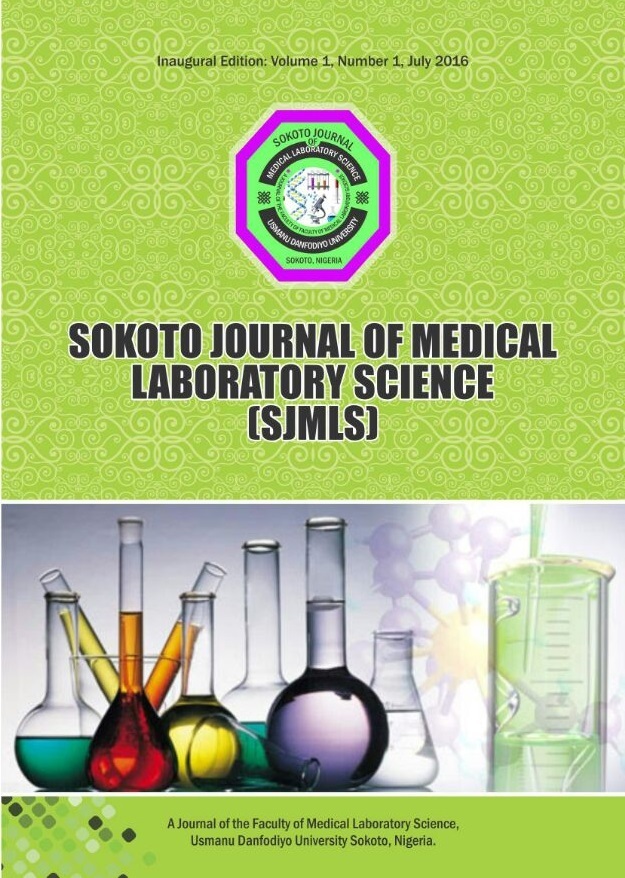Pattern of Some Haemostatic Parameters Among Patients with Tuberculosis Attending Aminu Kano Teaching Hospital
Keywords:
Prothrombin time, Thromboplastin time, haemostasis, haemoptysisAbstract
Tuberculosis (TB) is a major public health problem in Nigeria. This aim of this study was to investigate the pattern of some haemostatic parameters among patients with pulmonary tuberculosis (PTB). This comparative cross-sectional study included 102 participants comprising 51 TB- infected subjects and 51 healthy controls. Sterile 5ml syringe was used to withdraw 5ml of blood specimen from each subject the 3ml of blood was transferred in to 0.3ml of trisodium citrate (3.8%) anticoagulant plastic tube and the plasma was obtained by centrifugation at 2500rpm for 15 minutes and then stored at -20°C. The remaining 2ml of blood was transferred in to an EDTA container for platelet count and platelet morphology. The median interquartile range of the PLC, platelet morphology, PT and APPT were determined and comparative analysis was carried out using chi square analysis. A p-value < 0.05 was considered to be statistically significant. There is no statistically significant association between haemostatic parameters (PT, APTT and platelet count) and body mass index. A Kruskal-Wallis H test showed that there was a statistically significant difference in PT, APTT and platelet count between the different categories of patients with mycobacterium tuberculosis (<0.005). Chi-square statistics revealed a statistically significant association between APTT and platelet count with anti-tuberculosis drugs regimen. However, there is no statistically significant association between PT and anti- tuberculosis drug regimen. This study revealed that PTB infection is associated with prolongation of PT and APTT, giant platelet formation and intravascular platelet aggregation.




